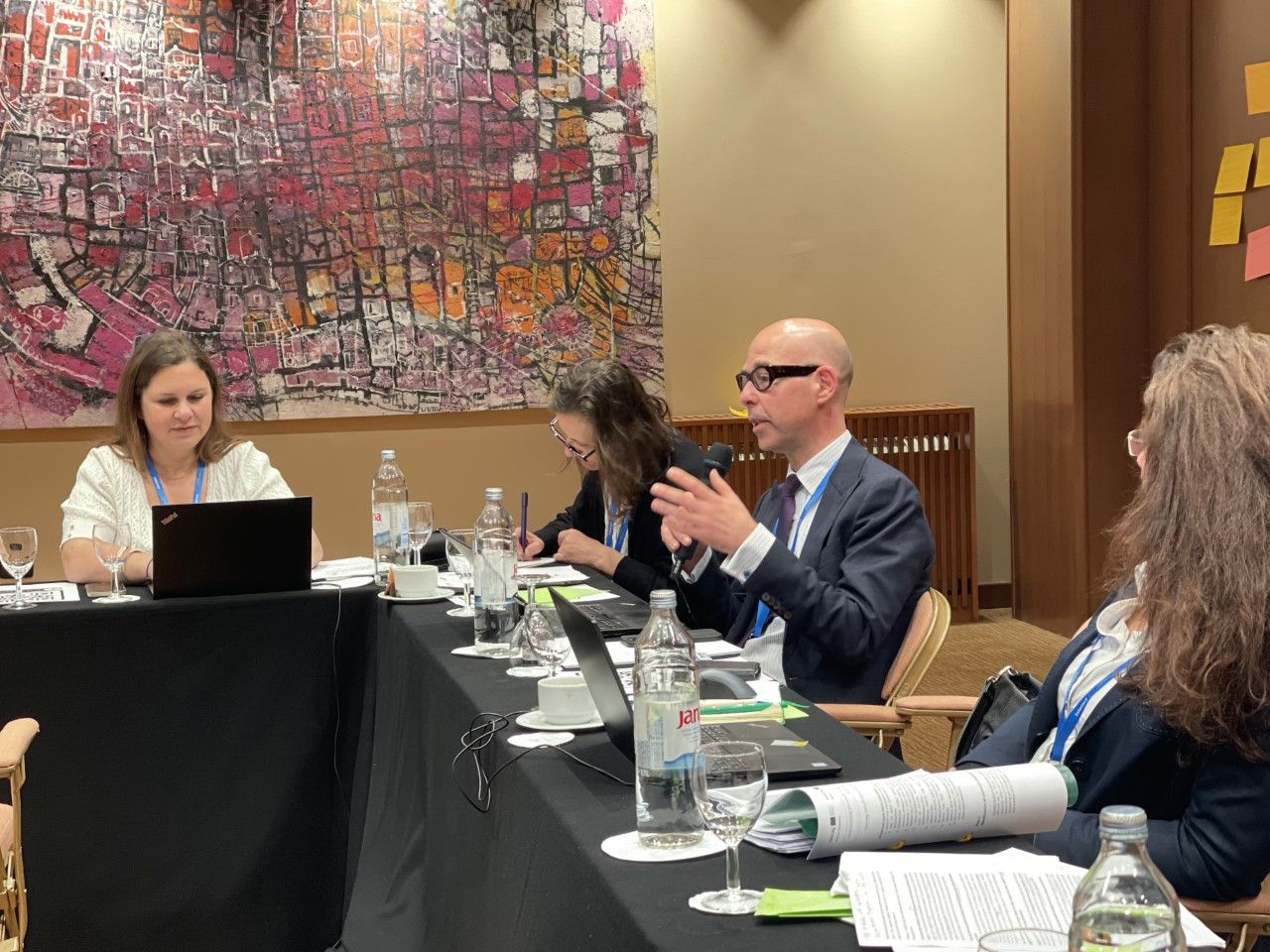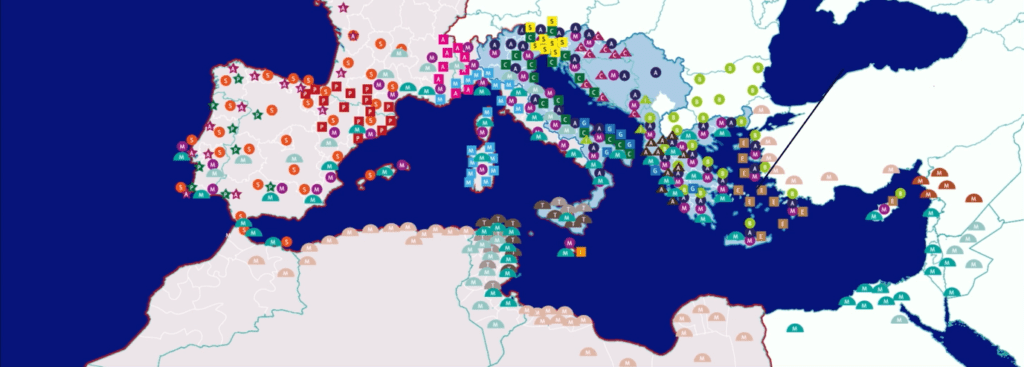First synergic Interreg calls in the Med area
At least eight new Interreg calls for projects are expected between now and the summer of 2023 in the Mediterranean region: thirteen cross-border or transnational Interreg programmes met on and offline on 21-22 March in Dubrovnik (Croatia) to discuss how to coordinate this forthcoming wave of opportunities.
During the last three years programmes have met – mostly online – to design and fine-tune their strategies for the 2021-2027 programming period. In Dubrovnik, programmes welcomed an important turning point, summarised by the video teaser: the transition from the programming phase – finalized at the end of 2022 – to the start of the effective implementation phase, accompanied by the kick off of the new calls.
Among these programmes, Interreg Italy-Croatia, Interreg Italy-Slovenia and Interreg Italy-Albania-Montenegro have calls currently in progress, while Interreg ADRION launched its first on 5 April. Other calls from other programmes are expected to be launched from June to October 2023, notably the Interreg NEXT MED programme and Interreg Italy-Greece, followed by Interreg NEXT Italy-Tunisia and Interreg Italy-Malta. And here is the novelty for the Interreg NEXT community: the 2021-2027 editions of the Italy-Tunisia and the Mediterranean Sea Basin programmes are now fully embedded into the Interreg family. The two former ENI CBC programmes – which contemplate the participation of 15 Mediterranean states including 8 non-EU countries – will operate for the first time in unison with their Interreg cousins, under the name of Interreg NEXT (“Neighbourhood EXTernal”)
Today more than ever, the need to promote synergies between programmes in the Mediterranean Sea basin is increased by the fact that many calls are focusing on similar themes to respond to the strategic priorities of each programme, which are all being implemented according to the same common Interreg regulations, expression of the European cohesion policy. Research and innovation; measures to counter or manage the effects of climate change; the preservation of nature and biodiversity; the promotion of culture and responsible tourism, together with the promotion of a transition towards circular economy models, they represent the “big fives”, the five great recurring themes in most calls. Alongside these, other important issues will be covered in several calls, for example healthcare, skills for smart specialisation, development of local and cross-border mobility, support to the small-medium enterprises or the promotion of cross-border experiments in participatory governance.
In this great basket of opportunities and challenges, the programmes are not alone. On their side in pole position is DG Regio: this was announced loud and clear in Dubrovnik, through the words of its  spokesperson, Mr. Olivier Baudelet. Furthermore, there are Interact and TESIM, which have closely collaborated throughout these years in promoting Mediterranean synergies between programmes, reaffirming their commitment to experiment inter-programme collaboration practices. Finally, most of the National Authorities have shown a keen interest in the matter, since they see the creation of synergies as a must in their territories, both as a great opportunity for increasing impact and as a risk – if synergies are neglected – of possible overlapping between programmes, initiatives and fund streams.
spokesperson, Mr. Olivier Baudelet. Furthermore, there are Interact and TESIM, which have closely collaborated throughout these years in promoting Mediterranean synergies between programmes, reaffirming their commitment to experiment inter-programme collaboration practices. Finally, most of the National Authorities have shown a keen interest in the matter, since they see the creation of synergies as a must in their territories, both as a great opportunity for increasing impact and as a risk – if synergies are neglected – of possible overlapping between programmes, initiatives and fund streams.
When we talk about synergies, it is easy to see the opportunity not only to relate to each other the cross-border or transnational cooperation programmes, but also to connect with initiatives driven by a purer thematic vocation. In Dubrovnik, the LIFE programme and the PANORAMED initiative participated at the meeting, respectively to explore possible collaborations in the fields of nature conservation across the large and fragile Mediterranean biodiversity and in the promotion of sustainable tourism experiments in the area. On this last issue in particular, three programmes – Interreg Euro-Med, Interreg NEXT MED and Interreg Italy-France Maritime – have come a long way by developing a multi-programme coordination mechanism on sustainable tourism, with a shared work plan and a series of concrete opportunities for collaboration, ranging from the identification of the common challenges to the setup of a joint peer review and the full involvement of former partners as well as new actors/stakeholders to build new synergies and alliances.
In short, the willingness to collaborate is clearly there, but at the same time many programmes perceive its difficulty, increased by the complexity of managing multifaceted programmes and by the perennial battle against time. Yet, all the participants seem to have fully understood that coordination, collaboration, and promotion of synergies are not just a defensive response to avoid double-funding, unwanted duplication, or ineffective interventions. Cooperation at programme level proves to be remarkably important due to its proactive and strategic dimension.
That being said, the will to do together is moving toward a more practical and action-based level, avoiding the risk to create a new superstructure that ends up being too heavy and unrealistic. This pragmatic line of action seems to be suggested also by the spontaneous and “organic” collaboration that all programmes agree to see at project level, in the field. In other words, it seems that synergies blossom more spontaneously bottom up, radiating across borders from the ground. Undoubtedly, good news and a good dose of encouragement for the next months to come. An incentive to find the way.
